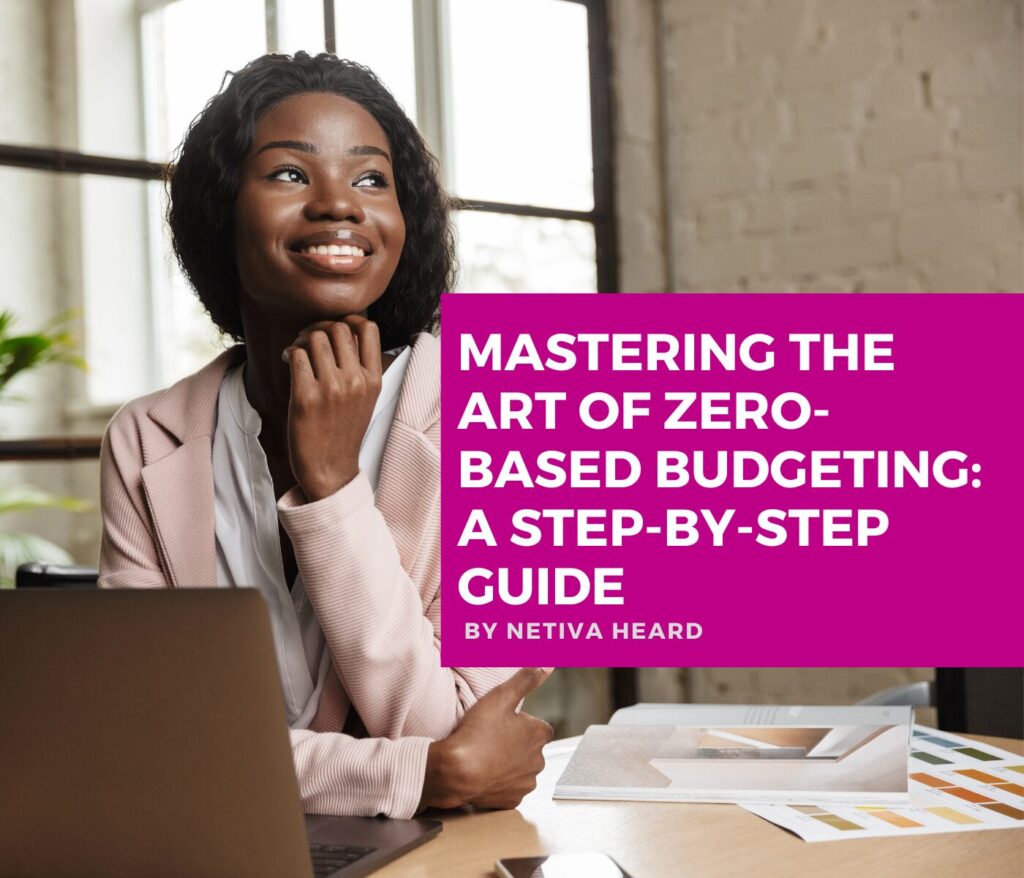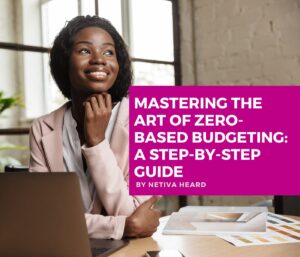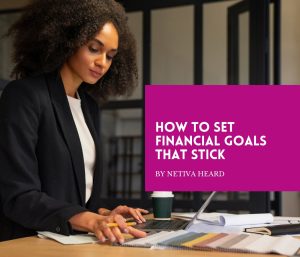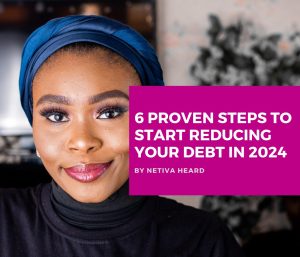If you're looking to get a firm grip on your finances, zero-based budgeting might just be the approach you need. This method is simple; it's straightforward, practical, and easy to implement.
In this article, we'll walk you through how to effectively use zero-based budgeting to manage your money more effectively and meet your financial goals.
What Zero-Based Budgeting Really Means

Zero-based budgeting means planning to use every dollar you earn. Every dollar gets a job, whether it's for things you need like food and house expenses, saving for the future, paying off debt, or even for fun activities
For example, if you earn $5,000 a month, you plan to use all of it—through savings, bills, and spending, etc. —so that nothing is unaccounted for. Each dollar has its purpose, ensuring you have complete control over your finances.
READ ALSO: How to Make Budgeting More Fun
Why We Love This Method of Budgeting?
This way of budgeting helps you see exactly where your money is going. It stops you from spending more than you have. It's really simple if you're brand new to budgeting because it lets you decide where every dollar should go.
How to Get Started
First, figure out how much money you net each month. This includes your regular salary and any additional money you expect to receive during the month. Then, it's time to list all your expenses.
These include necessities like rent or mortgage, utilities, groceries, and also those costs for things you enjoy, like dining out or hobbies.
Organize Your Expenses Into Categories
Break down your expenses into clear categories. You'll have groups for important things like your home and food. Then, you can have groups for saving money, paying off debts, and even for fun things you want to do.
This helps you see what you're spending your money on and makes it easier to manage. It also helps you to see where you might be able to cut back.
Balancing Your Budget
The goal with zero-based budgeting is to make sure your income and your spending match up. This means planning so that at the end of the month, you’ve used all your income in these different areas so you end up with zero at the end.
If you have extra money, you can put it into savings or use it for something else you need or want. This method ensures every dollar is accounted for and serves a purpose.
READ ALSO: 5 Steps to Boss Up Your Budget
Flexibility Within Structure
Life can be unpredictable, and unexpected expenses can arise. That's why including a miscellaneous category in your budget so that you can add a buffer or ‘extra cushion’ to your checking account some months or maintain an emergency fund within your budget can help you handle these surprises without disrupting your entire budget.
Importance of Regular Check-Ins
It's crucial to keep an eye on your budget throughout the month. Track your spending and make adjustments as necessary. If you spend less in one category, you can redirect those funds to another area, like paying off debt faster or increasing your savings.
READ ALSO: Common Budgeting Mistakes and How You Can Fix Them
Embracing Technology
Utilizing budgeting apps and tools can make sticking to your zero-based budget simpler and easier. These tools can track your expenses in real time and compare them with your planned budget, helping you stay on track.
They may also offer insights into your spending patterns, allowing you to identify areas where you can cut back.
Beyond the Monthly Budget: Long-Term Benefits
Zero-based budgeting isn't just about managing your money month-to-month. It's a strategy for helping you align your daily spending with your long-term financial goals.
Whether it's saving for a big purchase, building an emergency fund, paying off debt, or investing for the future, this budgeting method keeps you focused on the bigger picture.
Cultivating a Healthy Money Mindset
This budgeting method encourages a proactive approach to managing finances. It’s about making informed decisions and being in control of where your money goes.
This mindset shift can lead to better financial habits and a stronger sense of control over your finances.
READ ALSO: How to Budget When You’re Behind on Bills
Final Thoughts
Begin with commitment and patience. It might take time to adjust to this budgeting method, but the long-term benefits are worth it. You’ll gain a clear understanding of your finances, allowing you to make better decisions with your money.
This approach ensures that you use your financial resources in the most effective way, setting you on a path to crushing your financial goals.










